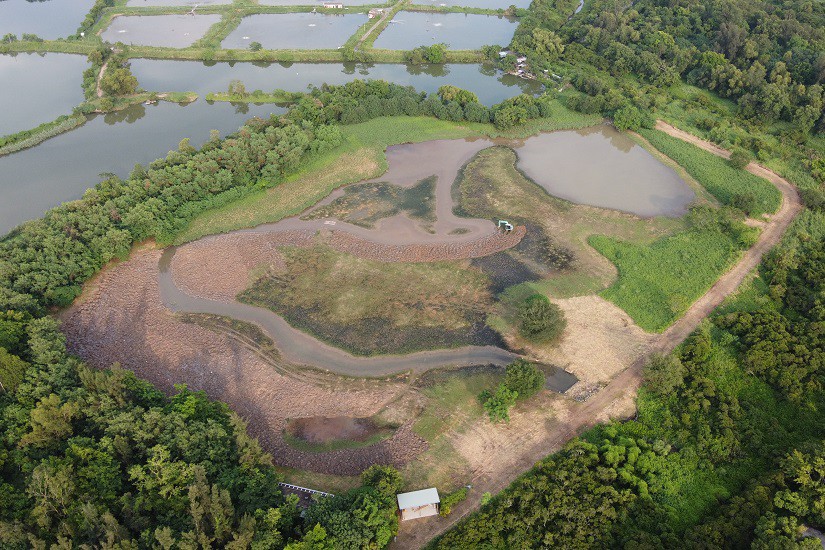
Different types of habitats are present in the Park to meet the needs of wildlife. To maintain the quality of these habitats, we have devised and implemented corresponding management measures for each of the habitat types which can broadly be divided into three aspects, namely vegetation, water and wildlife.
Please click here to view the Habitat Management Plan of the Hong Kong Wetland Park.
Vegetation Management
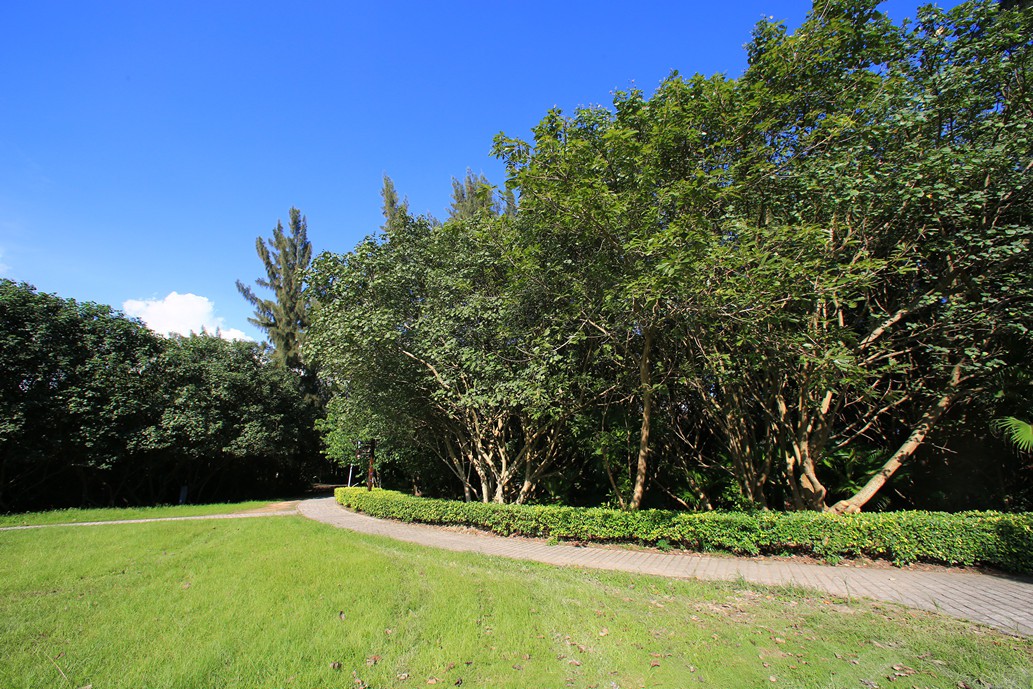
Vegetation Management
Water Management
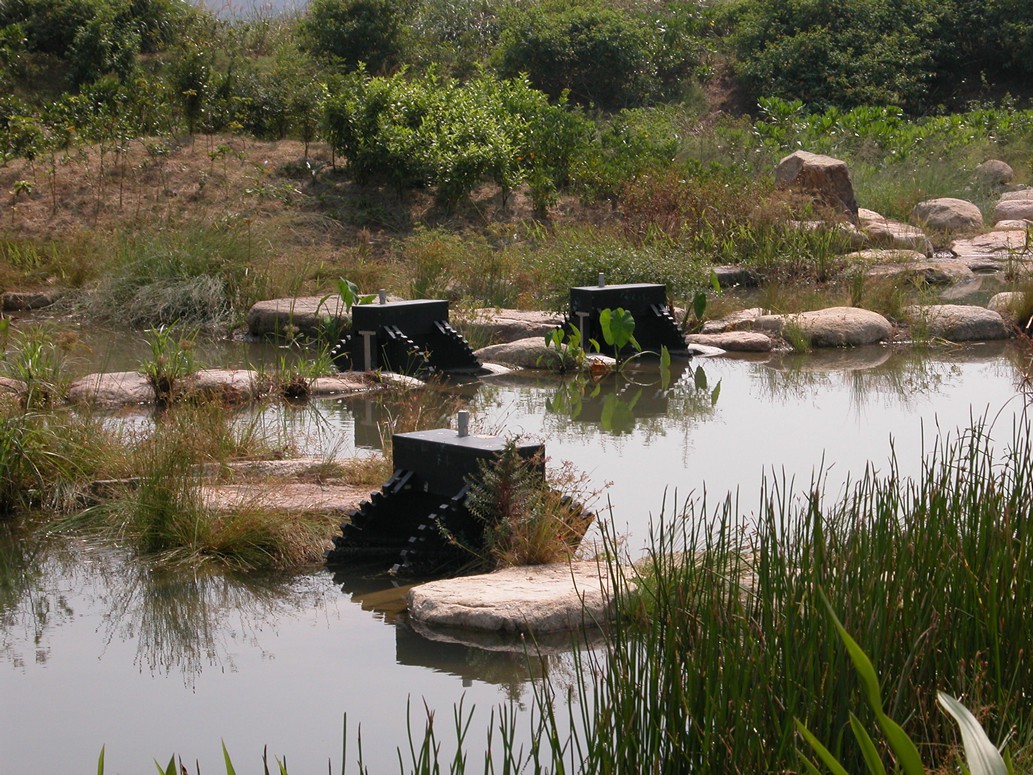
Water Management
Water is crucial to wetlands. Natural precipitation is the main water source of the Park. The water levels of different water bodies are controlled by sluice gates and pumps, influencing the growth and distribution of aquatic plants, and providing suitable feeding grounds for waterbirds.
Moreover, the reedbed filters out suspended solids and uptakes excessive nutrients in the water during circulation within the Park. The water quality in the Park is also monitored regularly.
Wildlife Management
Control of Alien Species
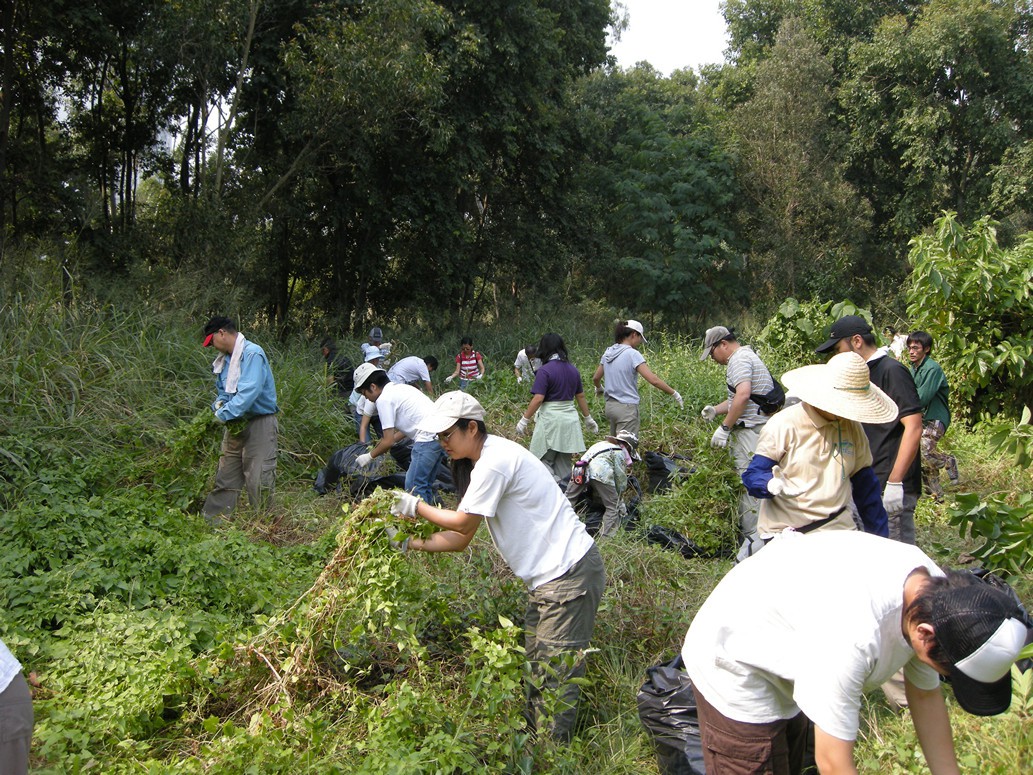
Invasive Alien Species Control
Apart from invasive alien plants removal in vegetation management, invasive alien animals including Tilapia (Oreochromis spp.), Apple Snail (Pomacea canaliculata) and Red Imported Fire Ant (Solenopsis invicta) are also removed regularly to control their abundances and distributions in the Park.
Artificial Nests
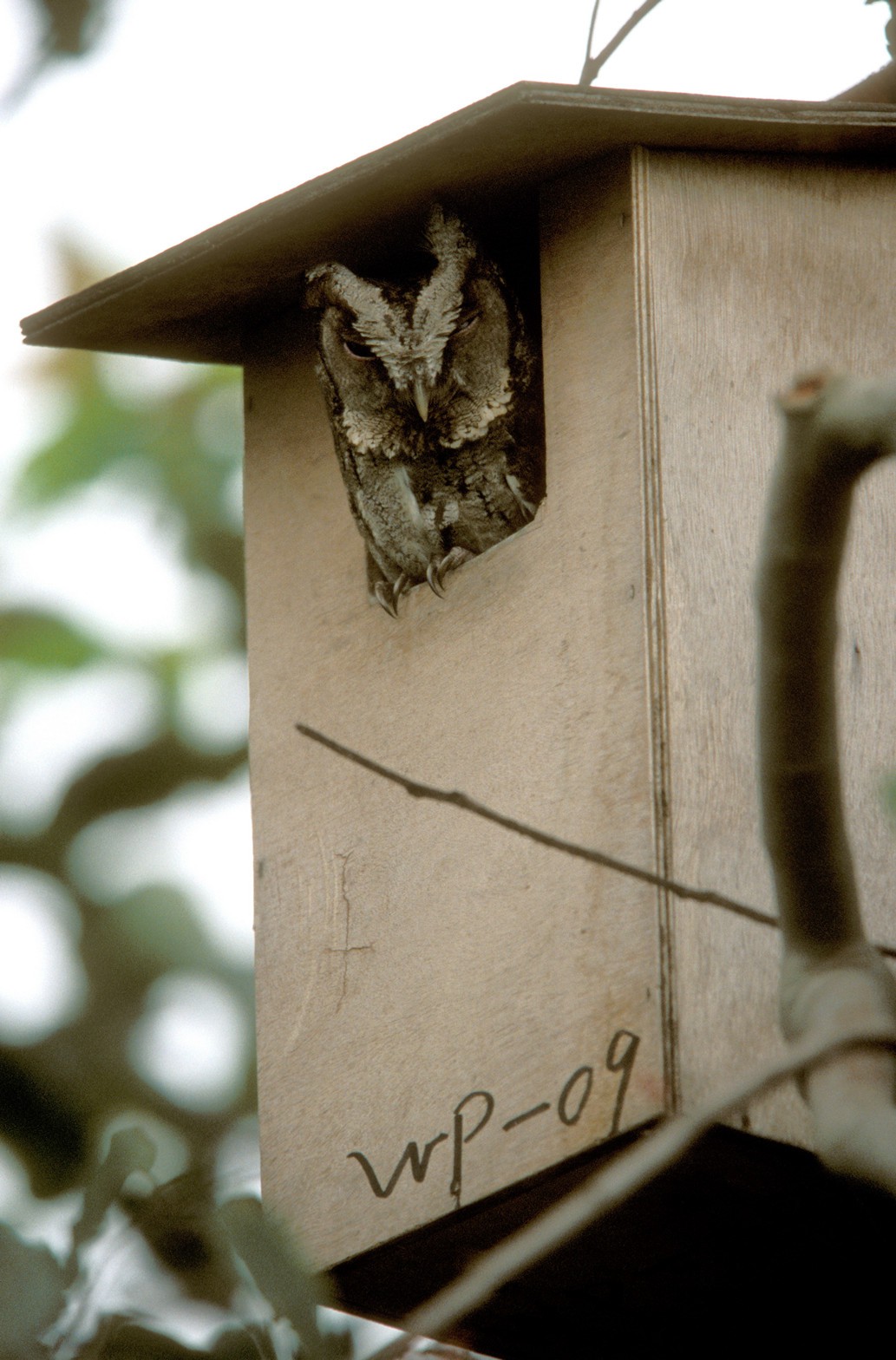
Artificial Nest Box
The Park has installed artificial nest boxes of different designs and sizes for birds (e.g. owls) and bats to breed and roost respectively. To avoid human disturbance, these nest boxes are usually placed in woodlands away from visitors.